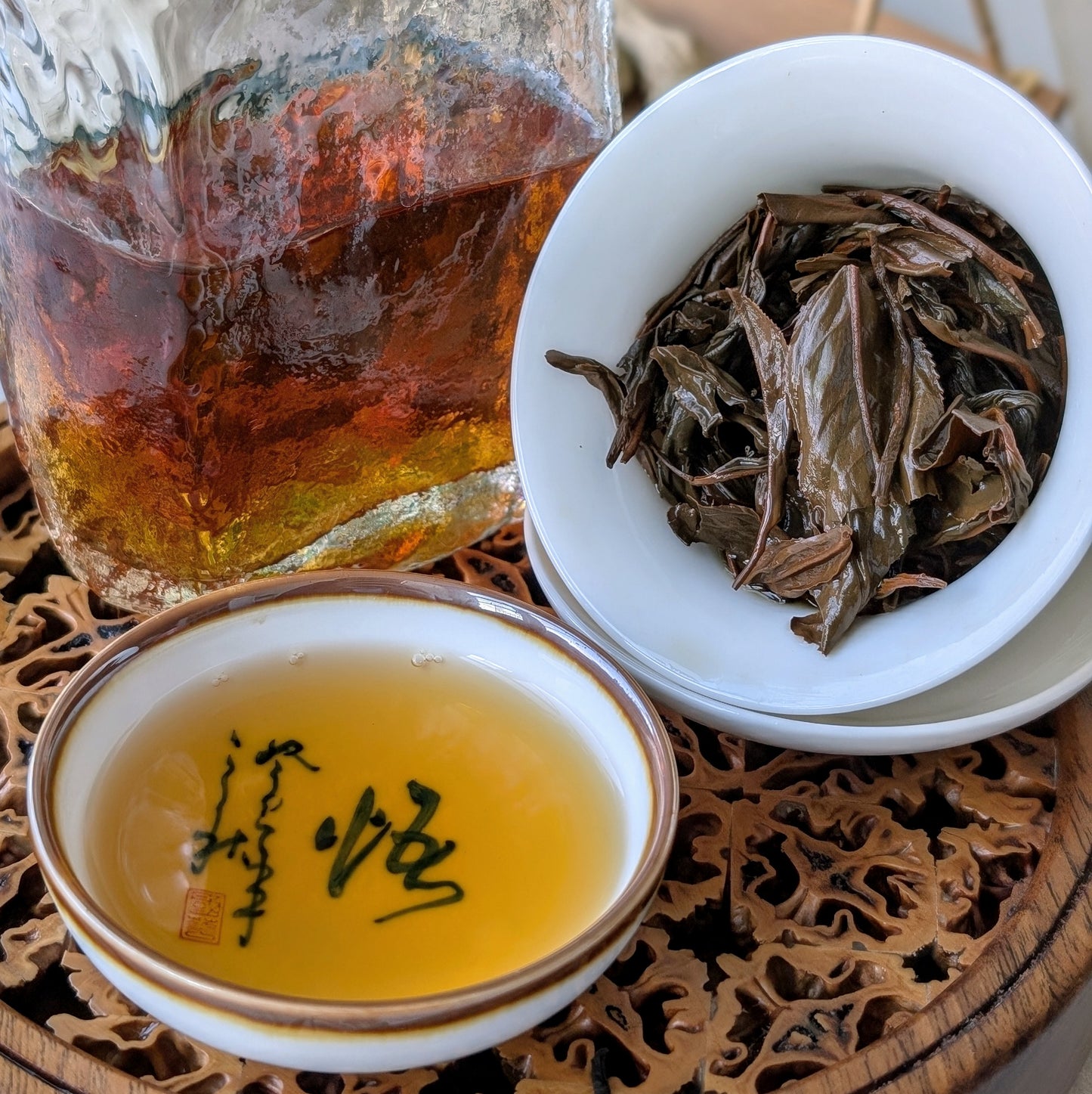Huang Mei Gui (Yellow Rose) Lapsang Souchong
Huang Mei Gui (Yellow Rose) Lapsang Souchong
Couldn't load pickup availability
A small, experimental batch of Lapsang Souchong made from the Huang Mei Gui (Yellow Rose) cultivar. It's unlike any black tea you've ever had before.
Yellow Rose (Huang Mei Gui) Black Tea
Compared to traditional Lapsang Souchong, which is fairly straight forward in flavour, this version made from the Yellow Rose cultivar offers a thicker texture, more subtle flavours, better complexity, and longer endurance. It's characterised by an aroma profile of minerals, spices, flowers, and hints of berries.
Oolong tea or black tea?
As the Yellow Rose cultivar is mainly used for oolong tea from Wuyishan (also known as 'Wuyi rock tea'), the experienced tea drinker will recognise the mineral base that characterises such oolong teas. However, this tea is still classified as a black tea, because it's processed like one.
Thus, this is quite an entertaining tea for the curious minds out there, which positions itself between the traditional black and oolong tea categories.
Origin
Origin
- Brand: Teasenz
- Year: 2024
- Season: Spring
- Origin: Wuyishan, Fujian
- Cultivar: Huang Mei Gui (Yellow Rose)
- Type: black tea
How to Steep
How to Steep
Western method
Infuse 3 grams of Yellow Rose Lapsang Souchong with 500ml water at a temperature of 95ºC and steep for 1 minute. For a second steep increase the steeping time to 2 minutes.
Traditional method
Infuse 5 grams of tea with 100ml water at 95ºC and steep for 5 seconds for the first 3 steeps. Afterwards, increase the steeping time gradually.
Shipping, Returns & Payment Methods
Shipping, Returns & Payment Methods
Delivery time: 1-10 day EU delivery. For estimates per country, please visit the shipping info page at the bottom of our website.
Import taxes?: because we ship from our EU warehouse, you will NOT be charged import taxes upon delivery if you're based in the EU. All taxes are already included in our prices.
Free shipping: available for orders over €59 for The Netherlands/Belgium, €80 for other EU countries (excluding Portugal & Hungary) & UK, and over €100 for other countries.
Returns: orders can be returned for a refund within 30 days. Products should returned in unopened, unused condition.
Share
How this black tea is made
-
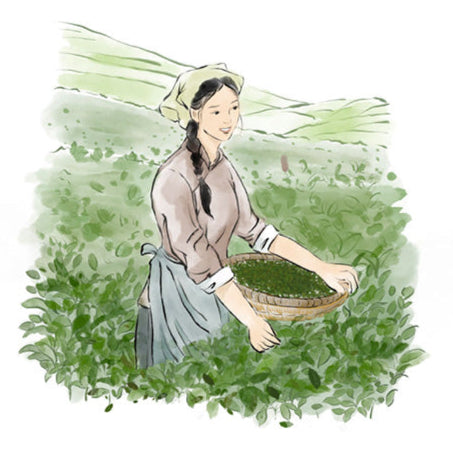
Picking
Tea leaves are hand-picked in the morning.
-
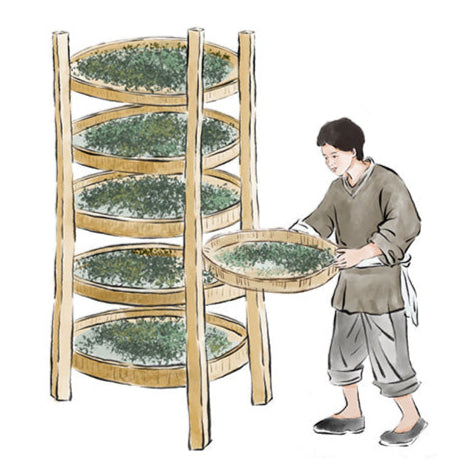
Withering
The leaves are spread on bamboo trays to wither.
-
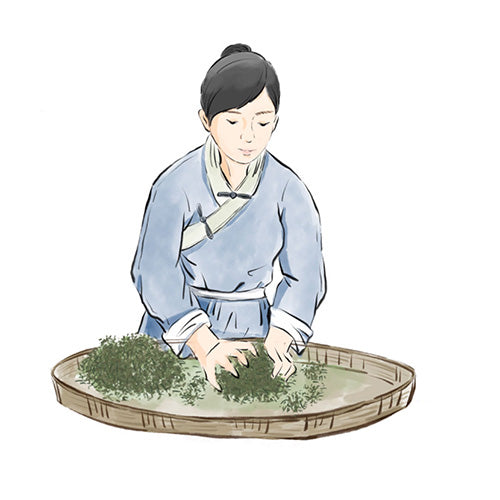
Rolling
Leaves are rolled, breaking down the surface cells and promoting oxidation.
-
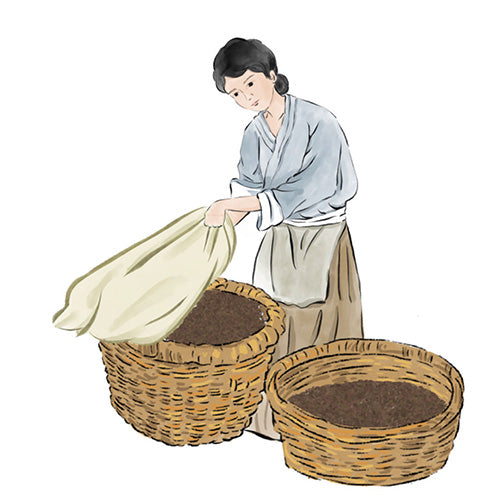
Oxidation
Rolled leaves are oxidized in bamboo baskets covered with a cloth.
-
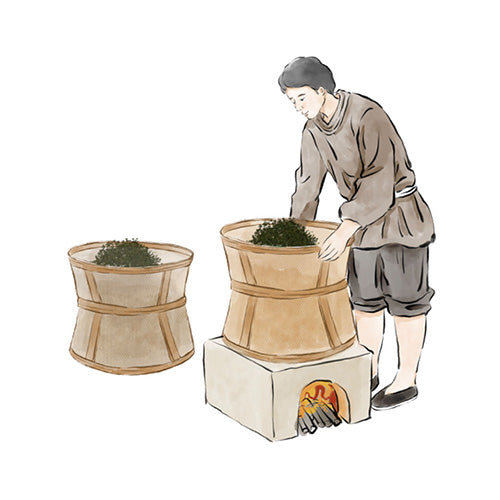
Drying
The oxidized leaves are dried to reduce moisture to a minimum.
-
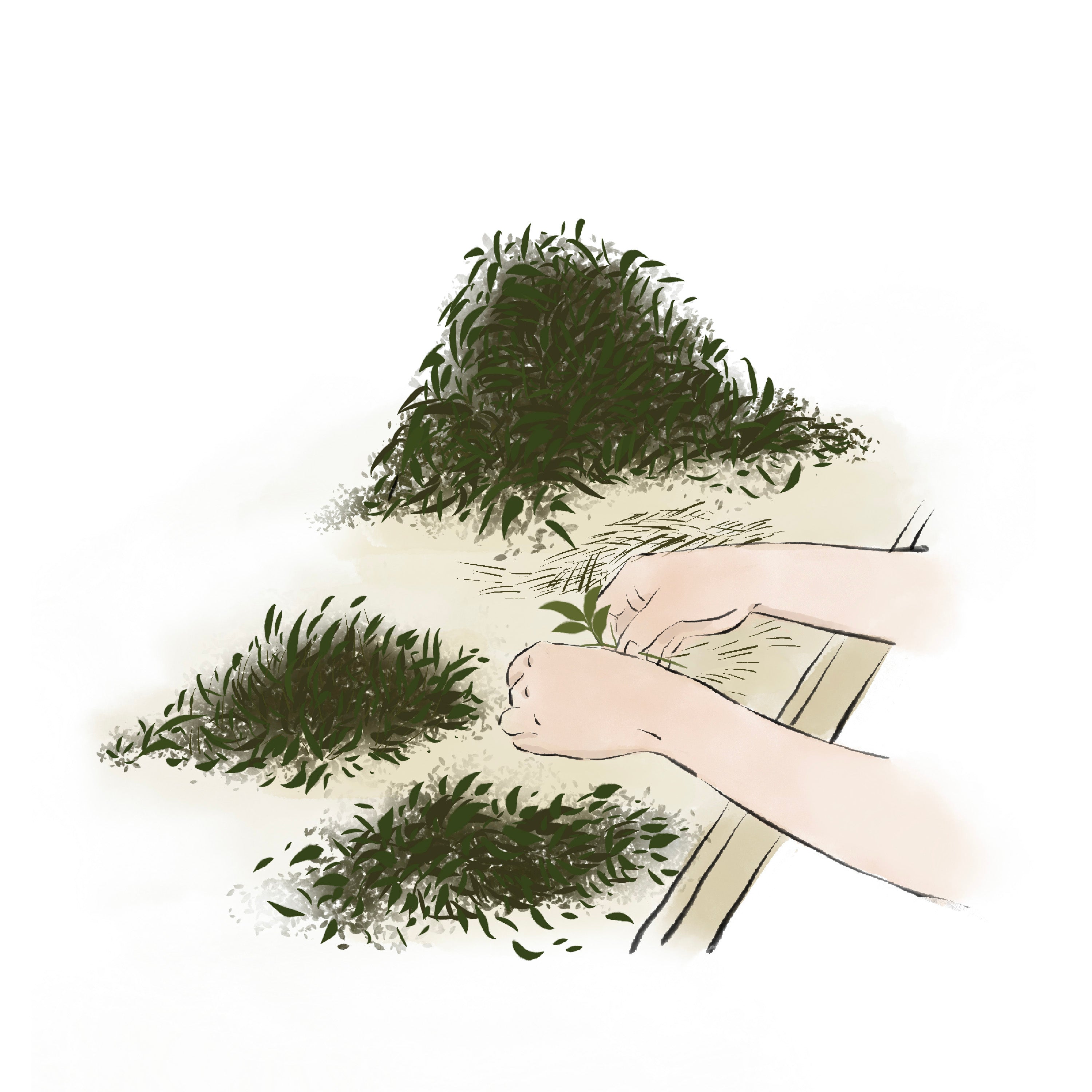
Sorting
The tea leaves are sorted manually or mechanically.
Brewing: 5g/100ml, 95°C, 5s x 3, +5s.
Warmed-up dry leaves smell of chocolate, stone fruit and flowers. Wet leaves bring very interesting spices to the mix.
The liquor's taste has those same spices, on a subdued, cooked vegetable background, with delicate peach-like fruitiness and a cocoa butter aftertaste.
All in all, a great tea with spectacular spice notes. I would wear a perfume with those notes.
My absolute favourite tea, it has a funny smell representing delicate innate qualities. It is an acquired fragrance but the flavour is absolutely wonderful and I would rate it a 9,8/10. Slight hint of orange and a taste of something spectacular that will keep you searching and guessing for it's profound deepness.
Citrus, floral, honey, berries and dried fruit smell. Floral, citrus, somewhat mineral flavor and a milky touch. Perfect to drink in the afternoon.
Sweet initial flavor, floral (roses), fruity (citrus beginning turning to sweet dried fruits), mineral and gently milky. The smell of citrus, floral and honey stands out on the nose.

Our design work is inspired by the artwork “Along the River During the Qingming Festival” by the Zhang Zeduan in the Song Dynasty. Instead of displaying the daily lives of people in the capital of China (as the original artwork), we display the tea making process of farmers through the same bird’s eye perspective.
When examining our packaging design in detail, tea enthusiasts will observe the tea making process, featuring tea farmers picking, drying, rolling, and frying tea leaves. The tea is then tasted in a pavilion and transported by horses along the ‘ancient tea road’.
Together, the traditional Chinese landscape and tea making theme, symbolise heritage, tradition, and respect for hard work of tea farmers.




















